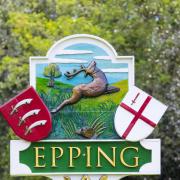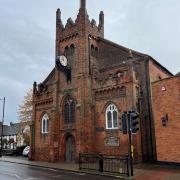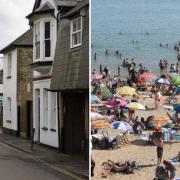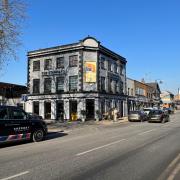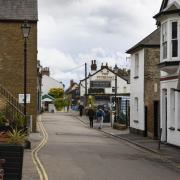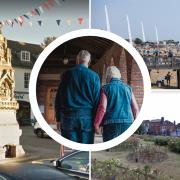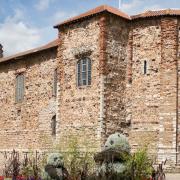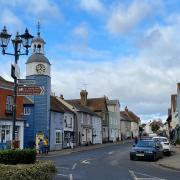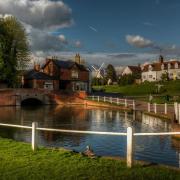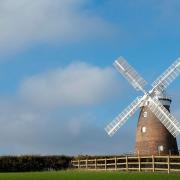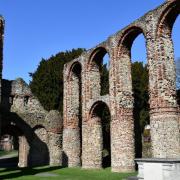Once home to the White Canons and much later to a library of antique books, Beeleigh Abbey has a history worth reading about, as Hannah Salisbury from the Essex Record Office reveals

Beeleigh Abbey sits on the banks of the River Chelmer, just outside Maldon. Today it is a private home, but the buildings incorporate remains of a medieval monastery.
Founded in 1180, Beeleigh Abbey was home to the White Canons, known as such because of their white habits. Like many contemporary monasteries, Beeleigh Abbey was based around a square cloister – an open courtyard surrounded by covered passages. Around the cloister was a church, the chapter house (where the business of the abbey was conducted), a parlour and a warming room or calefactory, the only place where canons were permitted to have a fire to keep warm.
There was also a refectory and storerooms. Above the warming room was the dormitory, where the canons slept. An outer court would likely have contained bake and brew houses, barns, stables and visitor accommodation.

In the later medieval period Beeleigh Abbey was best known for its shrine to St Roger Niger of Beeleigh. Niger was a Bishop of London and an important figure in the 13th century church. He was possibly born near Beeleigh or sent there to the abbey to be educated.
On his death in 1241 he was buried at St Paul’s Cathedral. To the amazement of those gathered, a solar eclipse took place at his burial and miracles were believed to be performed by his tomb. While most of Roger Niger was buried at St Paul’s, his heart was taken to Beeleigh Abbey as a holy relic, making Beeleigh Abbey a popular site for pilgrimages.

Inspection reports from the late 1400s tell us that the abbey’s population was usually made up of nine to 14 men. These reports also tell us that Beeleigh was, on the whole, well run, although occasionally punishments were deemed necessary. In 1482, for example, Thomas Lambe was ordered to say the whole psalter for hitting one of his colleagues.
As part of Henry VIII’s break with the Roman Catholic Church, all religious houses were dissolved and Beeleigh was shut down in 1536. At some point after this the church, the west and south ranges of the cloister and most of the outbuildings were demolished.
In 1537 the abbey estate was granted to John Gates, a member of the privy chamber of Henry VIII and an active agent in the Dissolution. Gates continued to find success at the royal court during the reign of Edward VI, but was beheaded in 1553 for his role in the attempt to put Lady Jane Gray on the throne instead of Mary Tudor.

Beeleigh Abbey passed through various other wealthy owners, but by the 19th century was used as a farmhouse, with the chapterhouse being home to cattle and pigs. From 1912, the abbey was leased by Captain Frederick William Grantham, who began to restore the historic buildings and build modern accommodation.
Grantham had travelled extensively in Asia and wrote a philosophical book, The Book of Life and Death. Grantham was killed in France on May 9, 1915, aged 44, and his eldest son, Hugo, was killed in Gallipoli on June 28, 1915, aged 20. Grantham’s widow Alexandra, a German aristocrat, stayed at Beeleigh until 1919. She remarried, to a Norwegian, and the pair spent most of the rest of their lives in China, with Alexandra writing a number of books on Chinese history and porcelain.
In 1920 the abbey was bought by Jessie and Richard Thomas, who continued the restoration of the buildings and commissioned Wykeham Chancellor to work on the gardens. The next owner was William Foyle, of Foyle’s bookshop, who turned the original dormitory into an antiquarian library, eventually housing more than 4,000 books.
The house is today owned by Christopher and Catherine Foyle, who hold several garden open days during the summer months.
For more information click here.
___________________________




